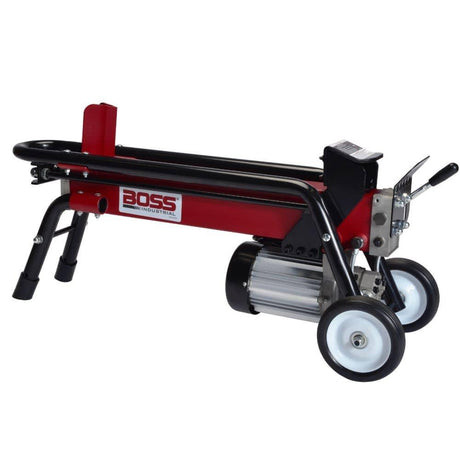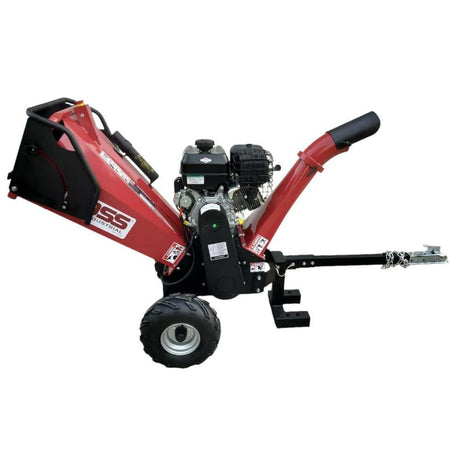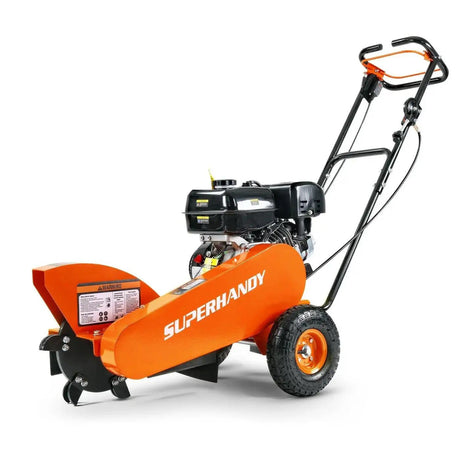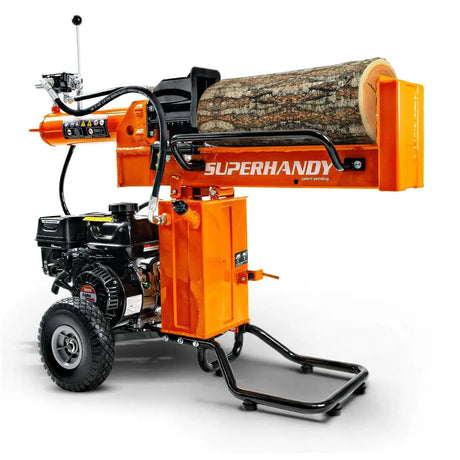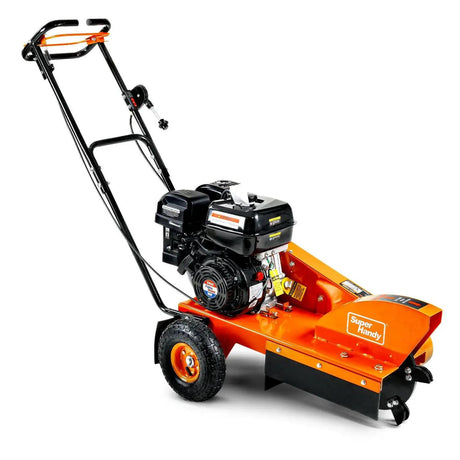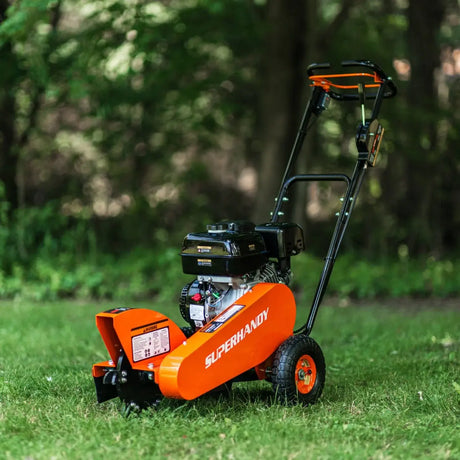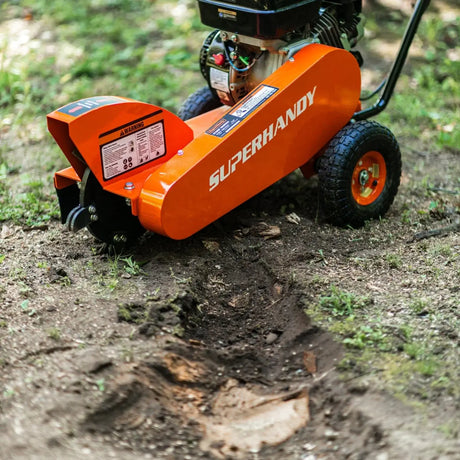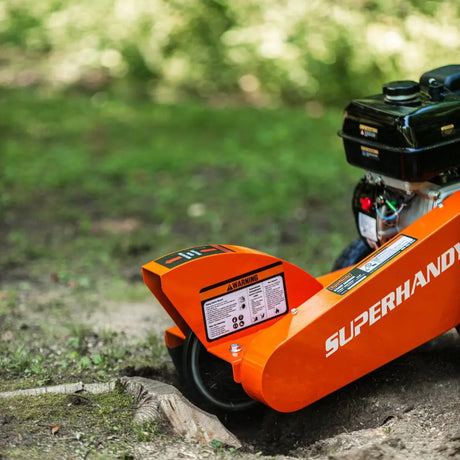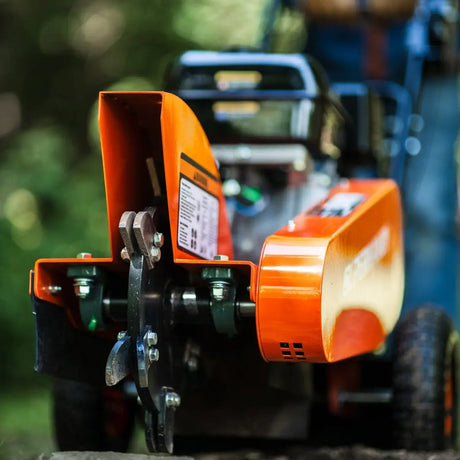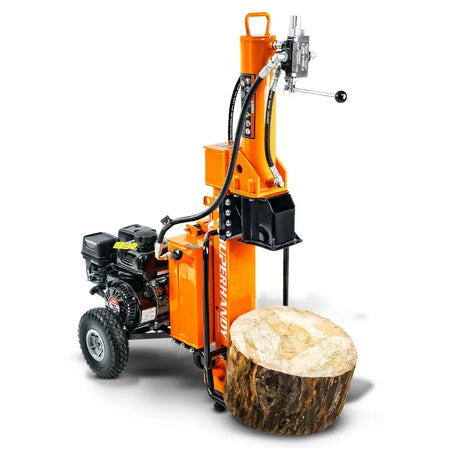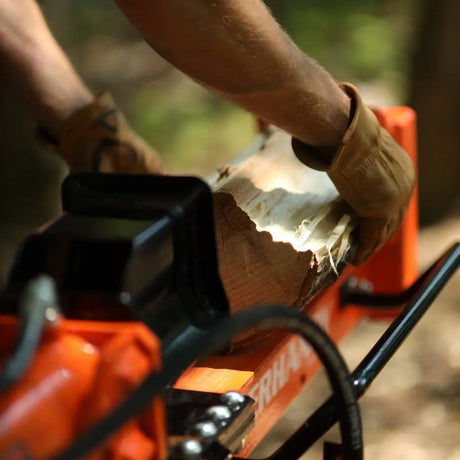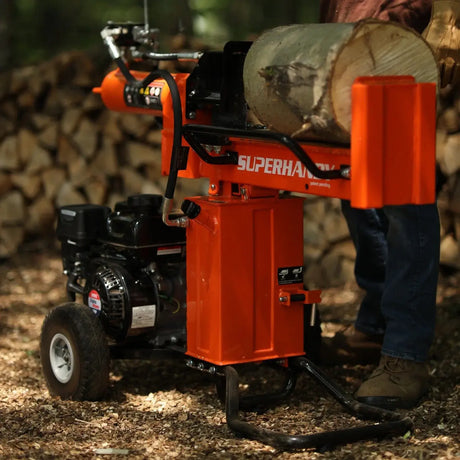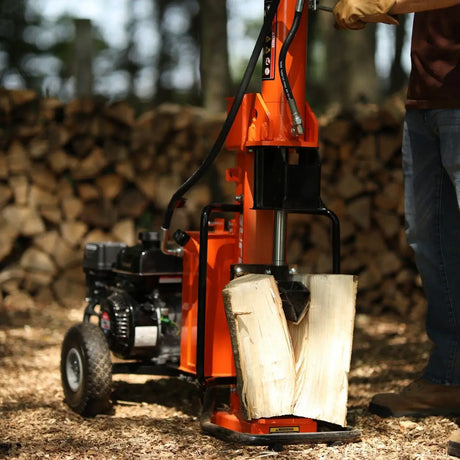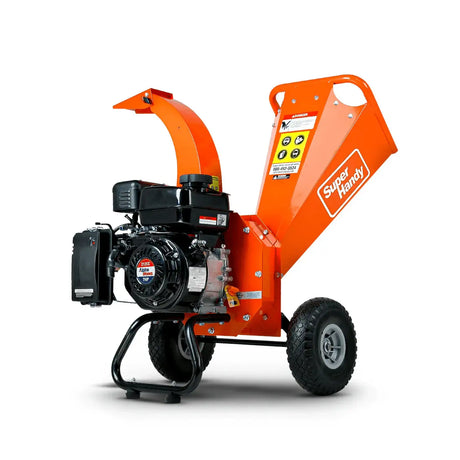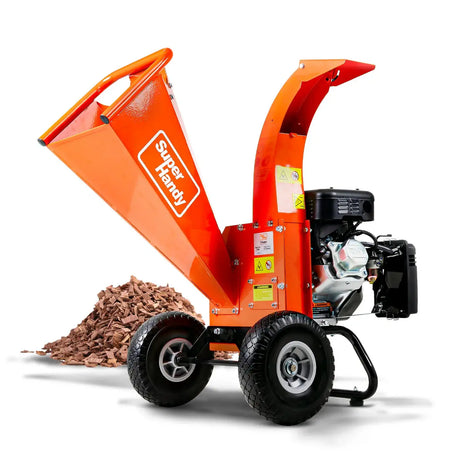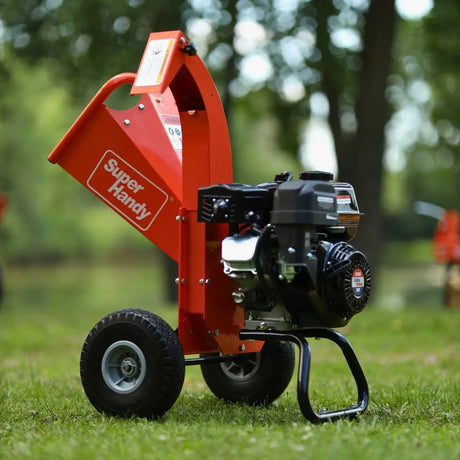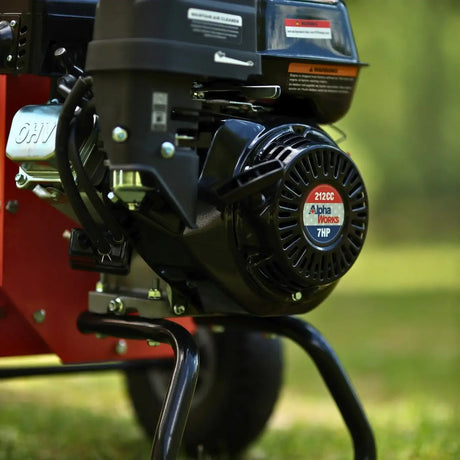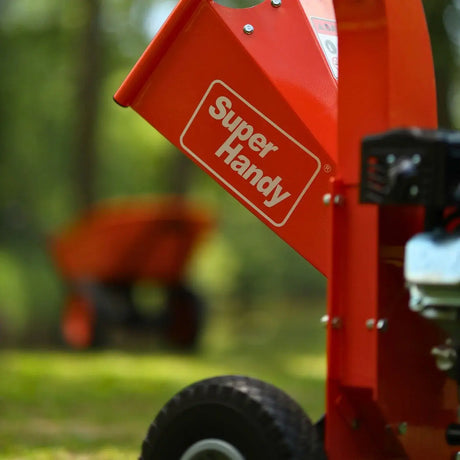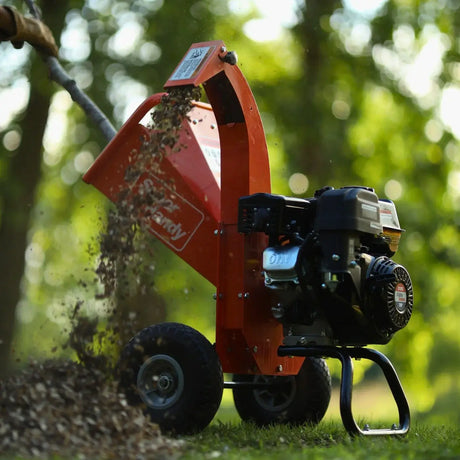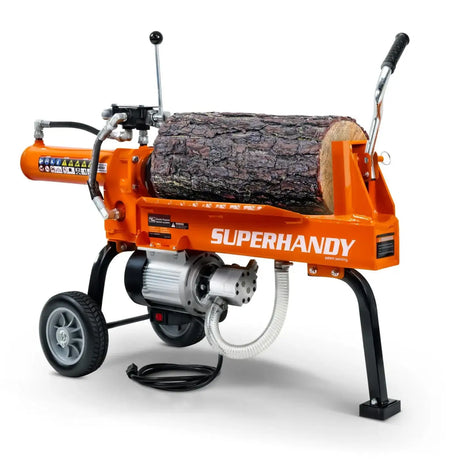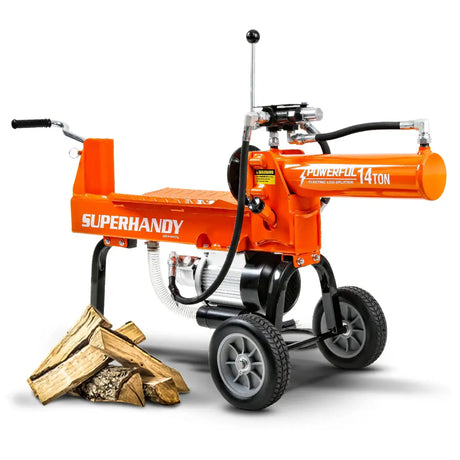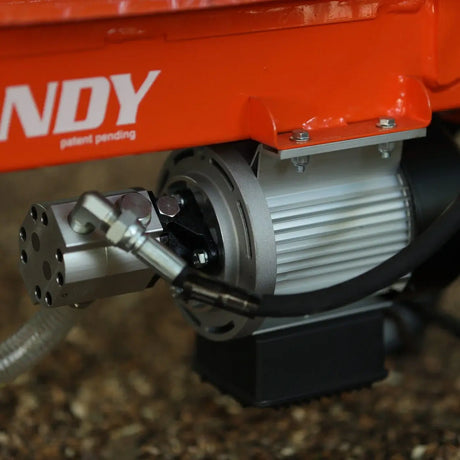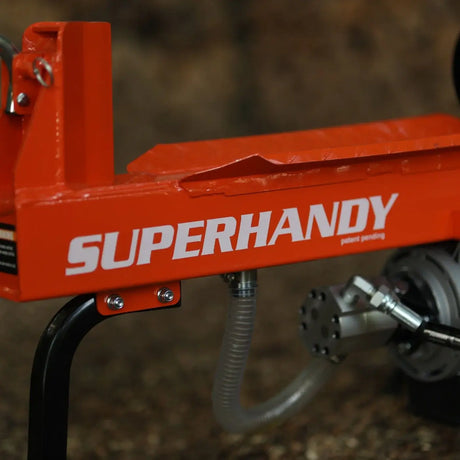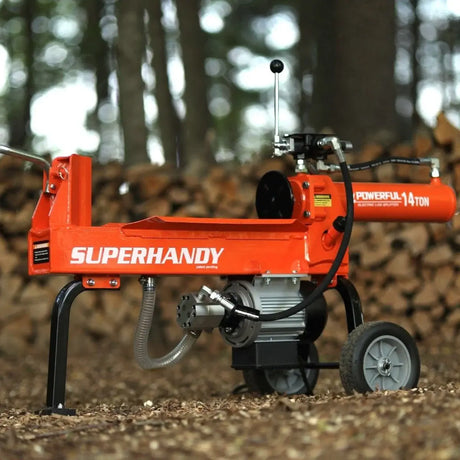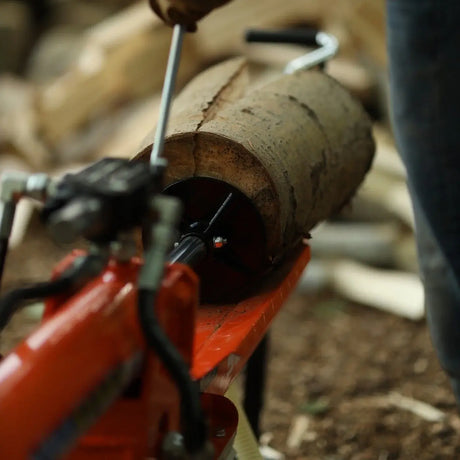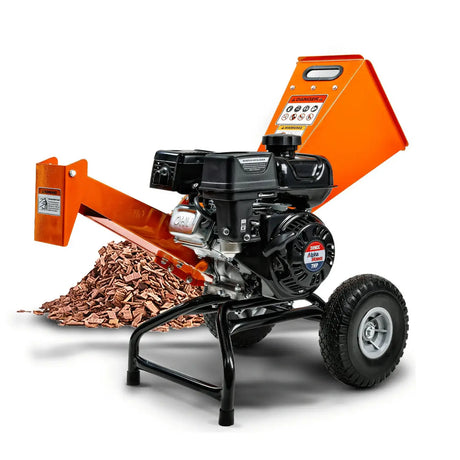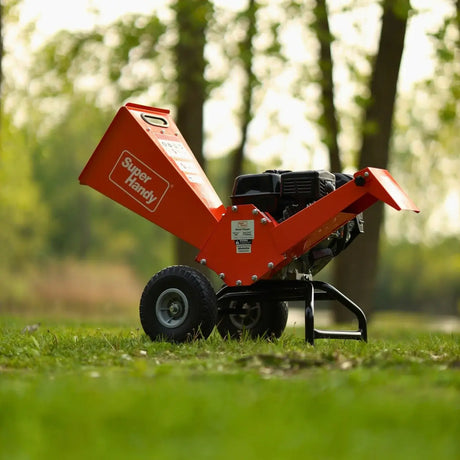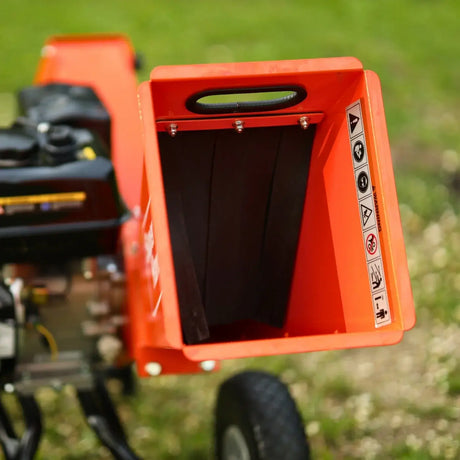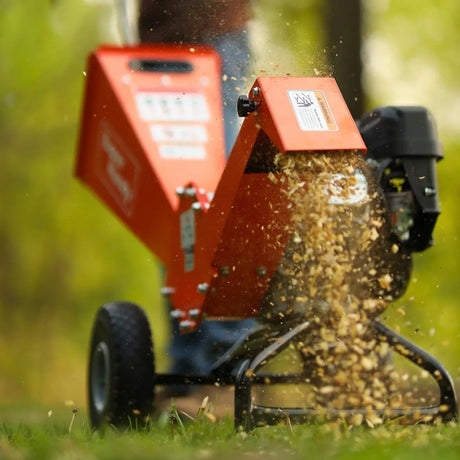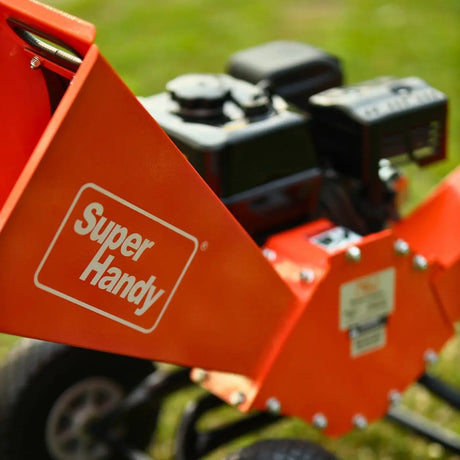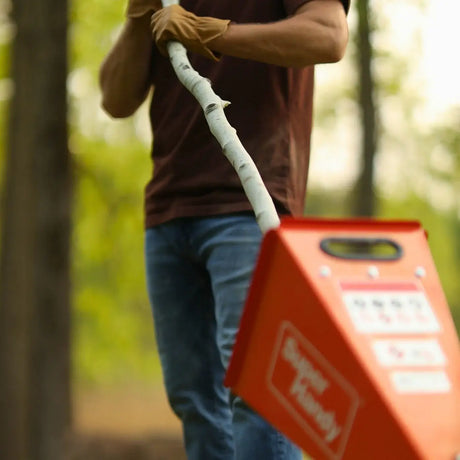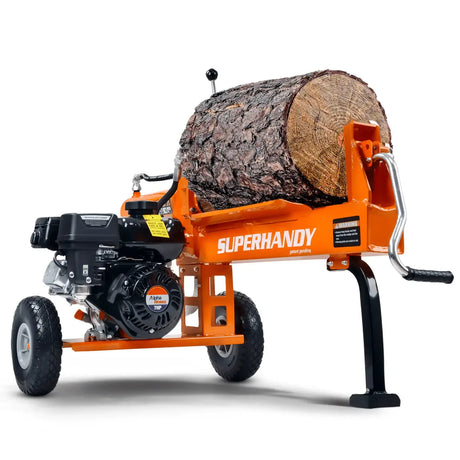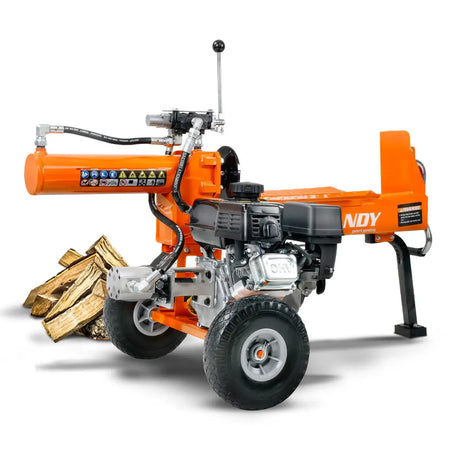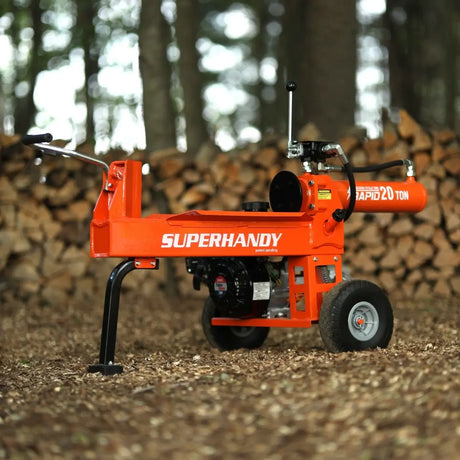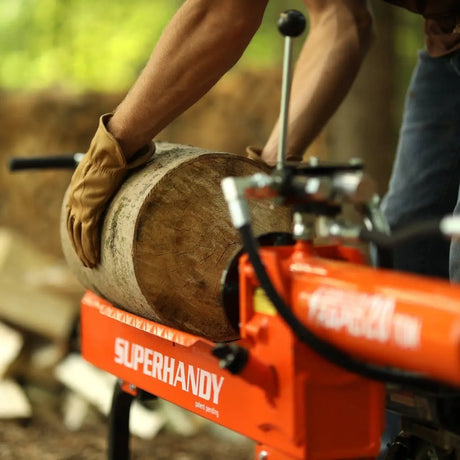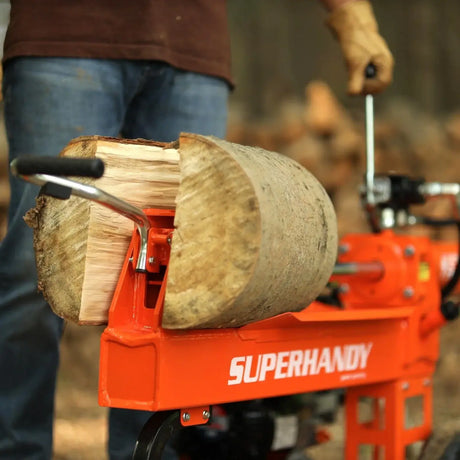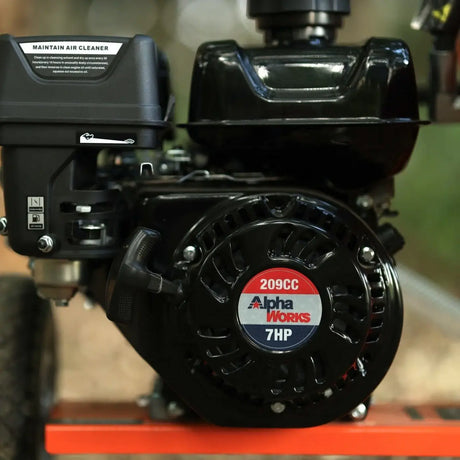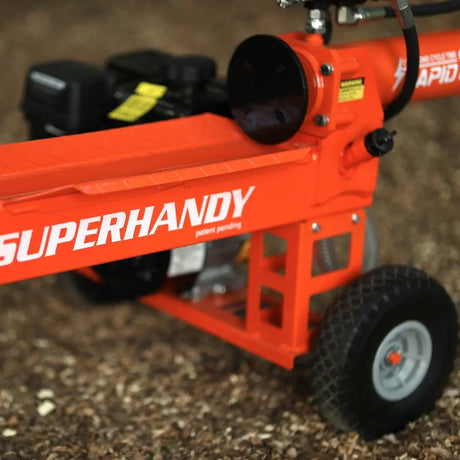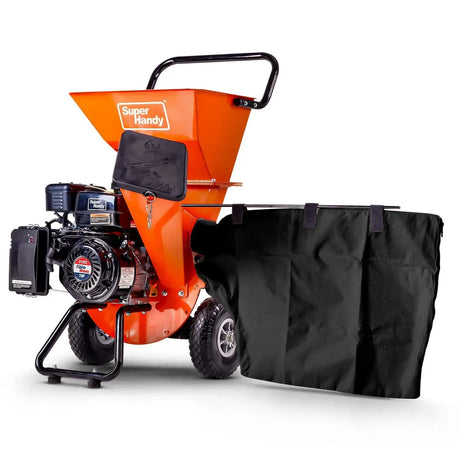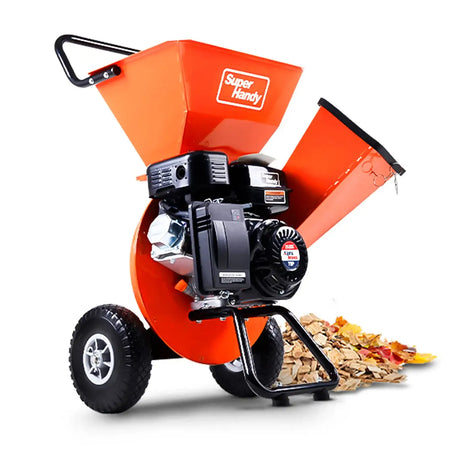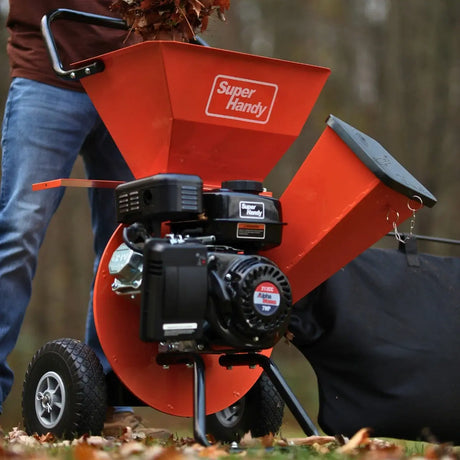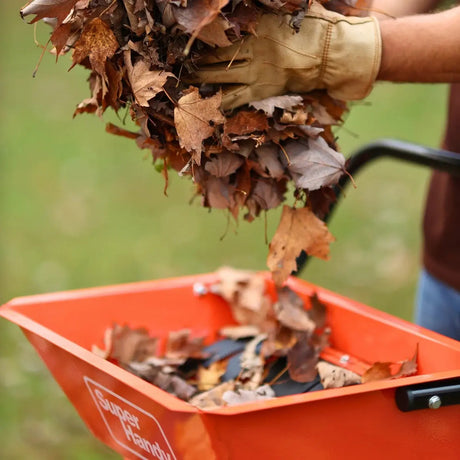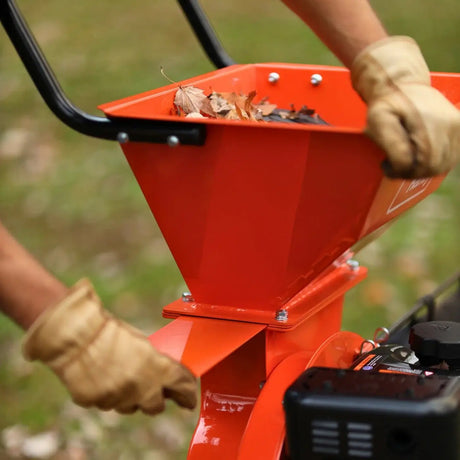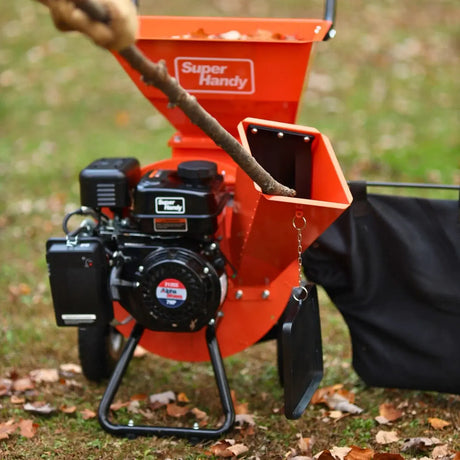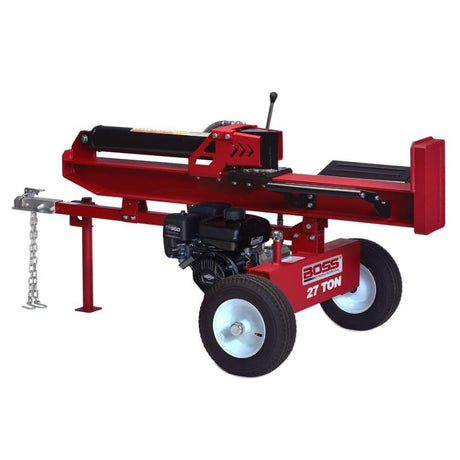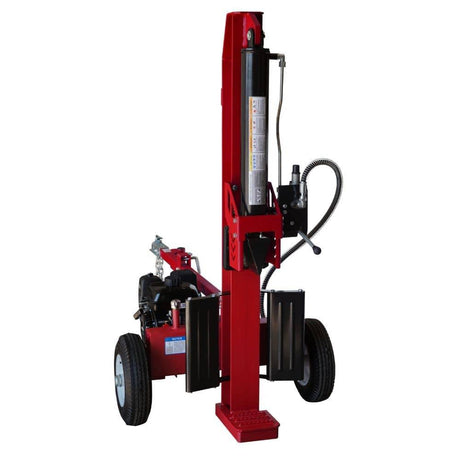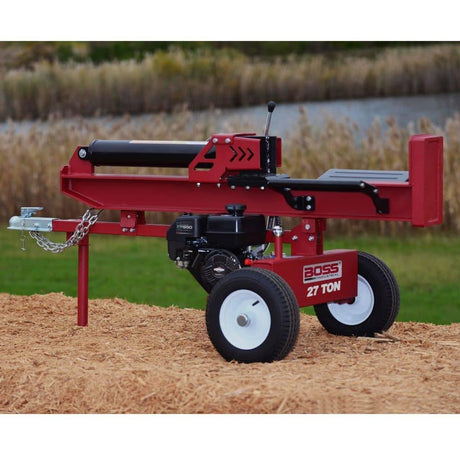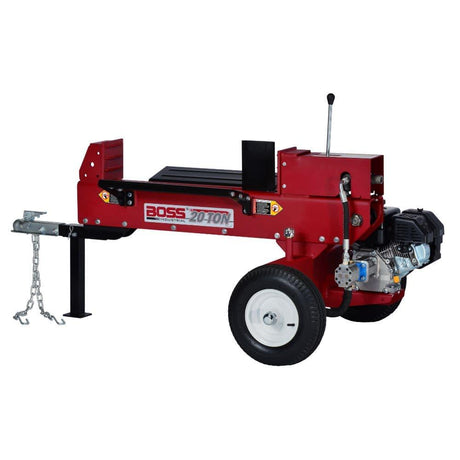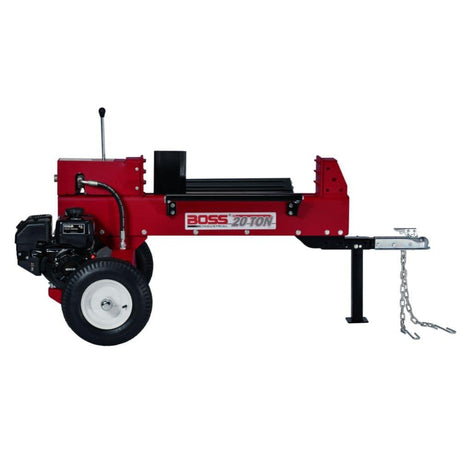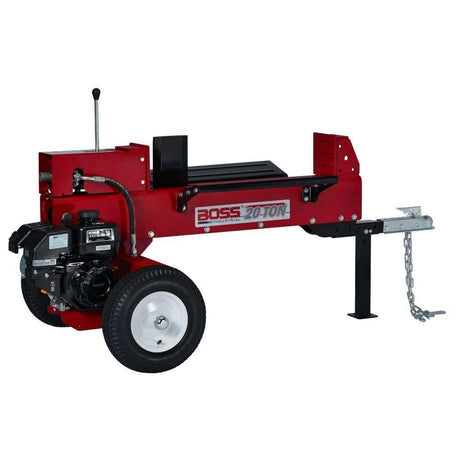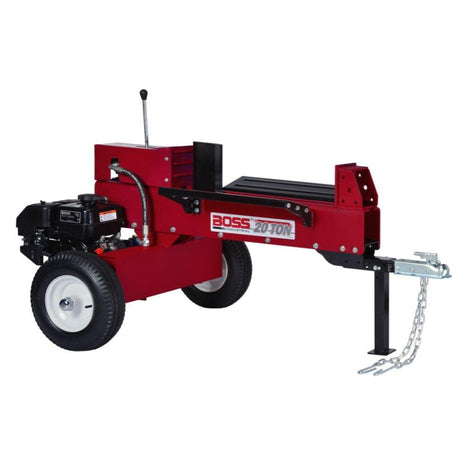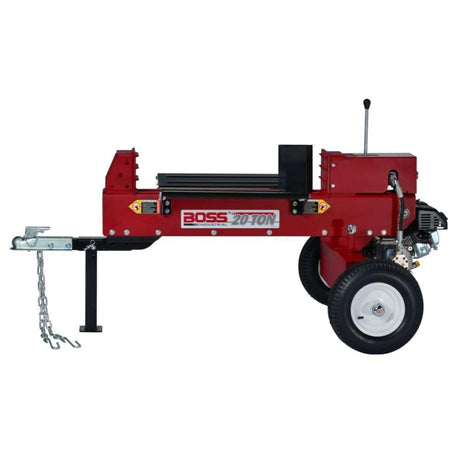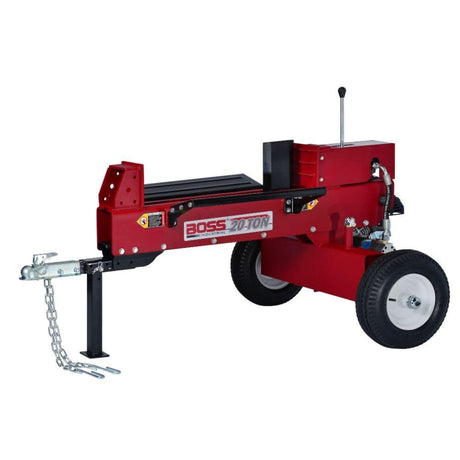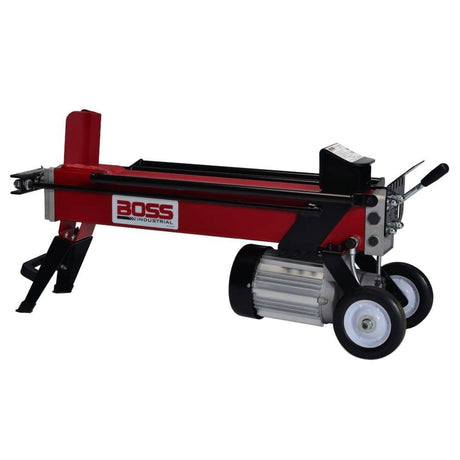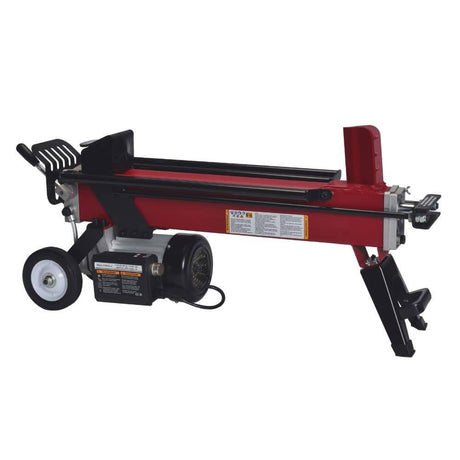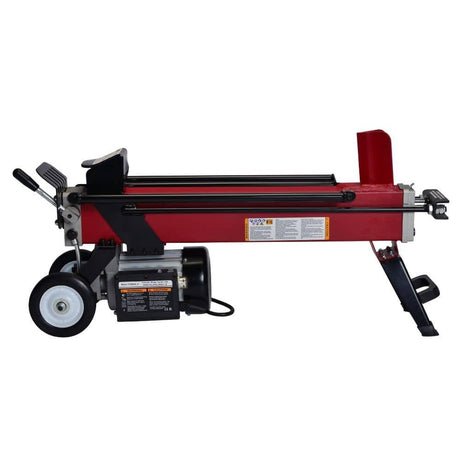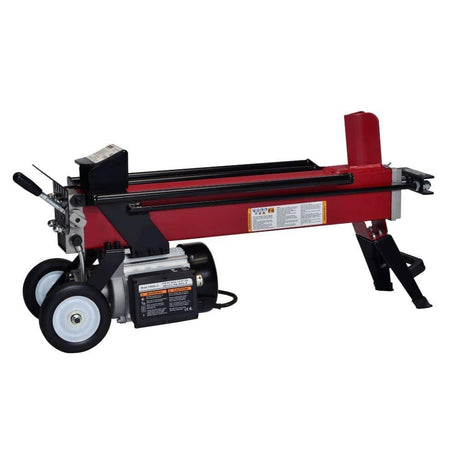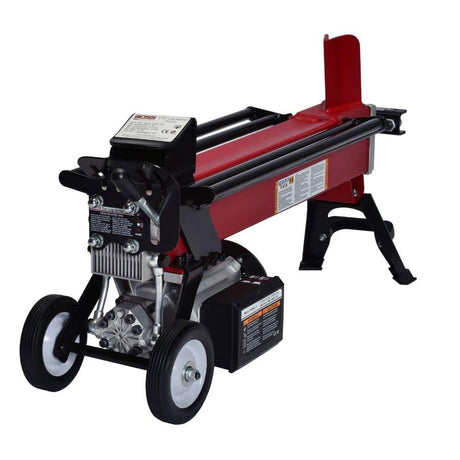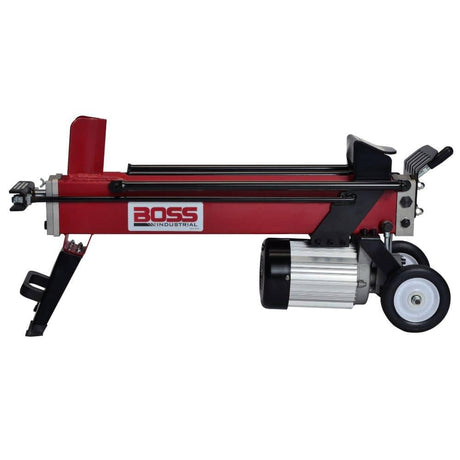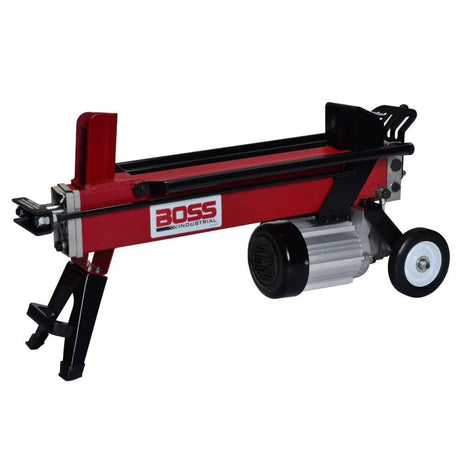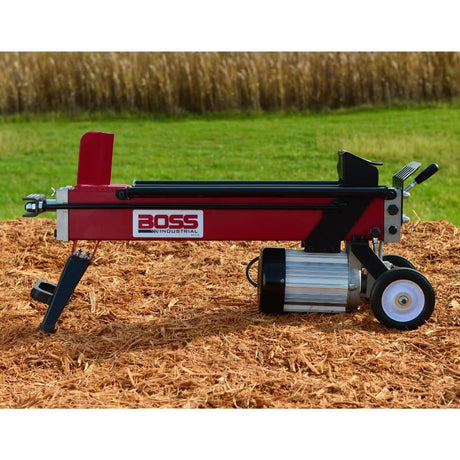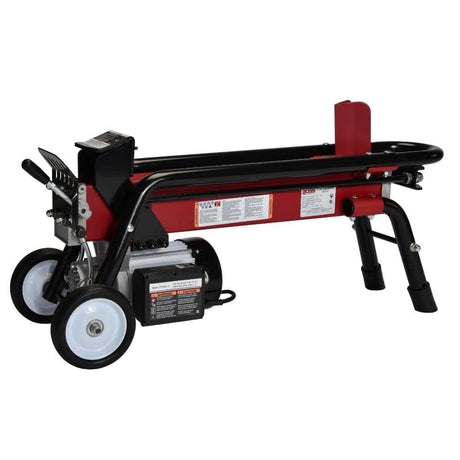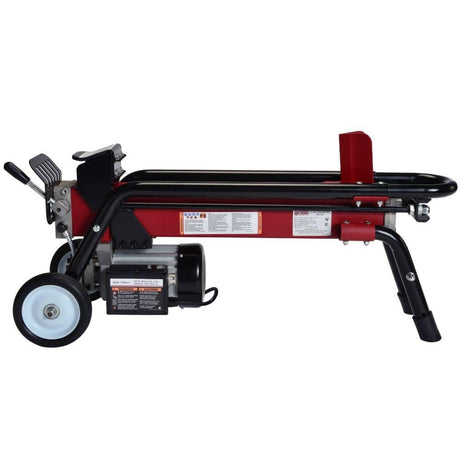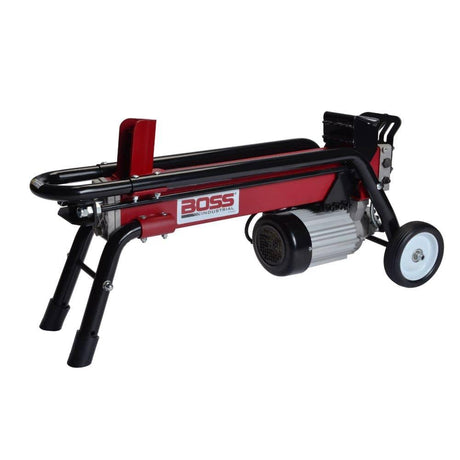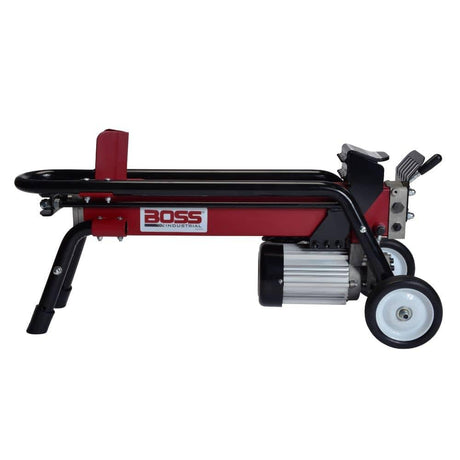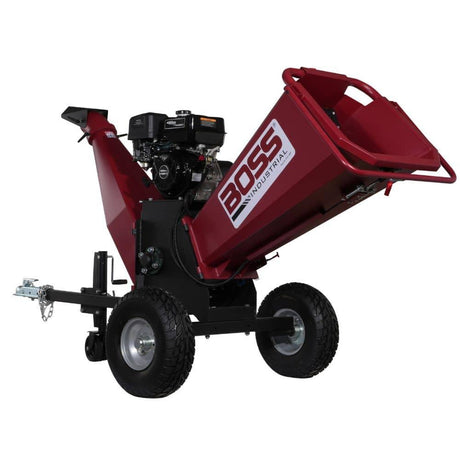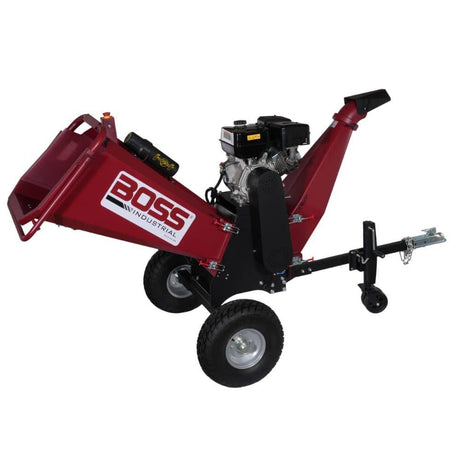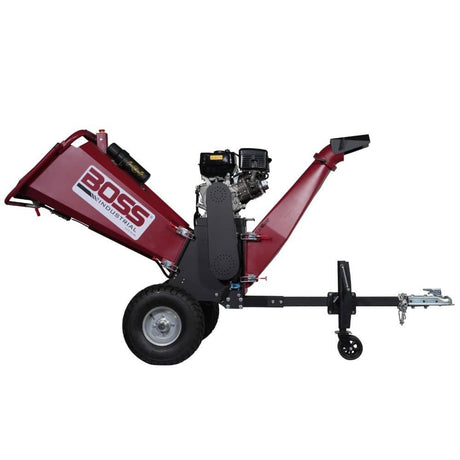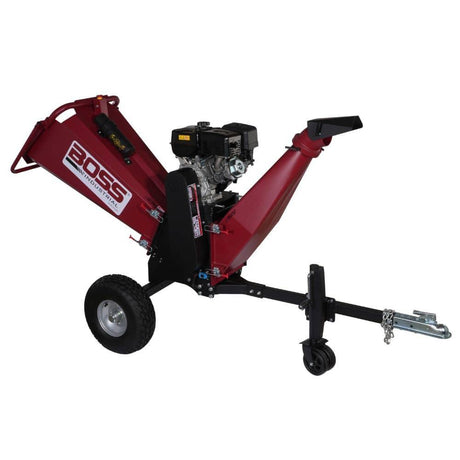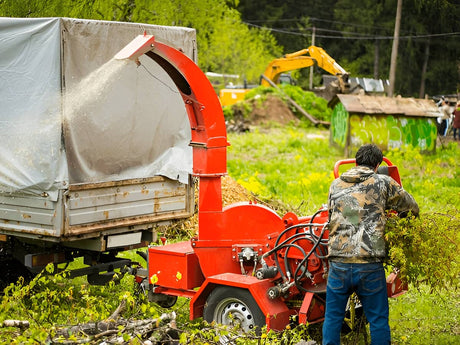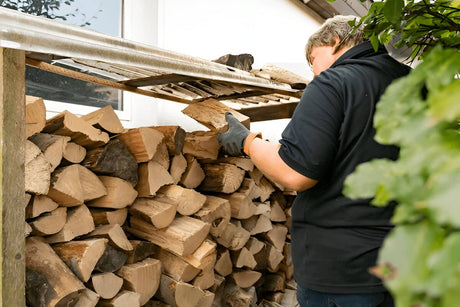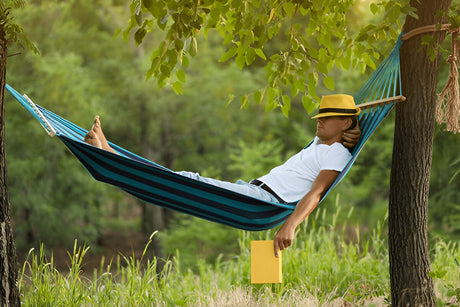If you've ever tossed a log on the fire and watched it disappear in under an hour, you're not alone. The type of wood you burn-and even the size of the log-can make a big difference in how long it lasts. In this guide, we'll break down the longest-burning logs by species and size, so you can get the most out of every fire.
If you want to find the best value, check out our Best Firewood for Heat per Dollar: BTU Output by Tree Species to learn more.
Key Takeaways
- 🌳 Dense hardwoods like oak, hickory, and ironwood burn the longest.
- 🔥 Log size matters: large rounds last hours longer than small splits.
- 💡 For quick fires, softwoods like pine and birch are best-but they burn fast.
- 📊 Two simple tables below make it easy to compare species and log size at a glance.
Burn Time Rankings by Tree Species and Log Size
Here's a visual breakdown of how different tree species and log sizes stack up when it comes to burn time.
| Tree Species 🌲 | Burn Duration | Key Features |
|---|---|---|
| Oak (White and Red) | 🔥🔥🔥🔥🔥 Longest | Dense hardwood; burns steadily and produces high heat. |
| Hickory (Shagbark) | 🔥🔥🔥🔥 Very Long | Extremely dense; burns hot and slow, ideal for long heating sessions. |
| Ash (White) | 🔥🔥🔥 Long | Easy to light, burns steadily with moderate heat output. |
| Birch (Yellow) | 🔥🔥 Moderate | Burns quickly but produces bright flames; good for ambiance. |
| Ironwood | 🔥🔥🔥🔥 Very Long | One of the densest woods; burns extremely slowly. |
| Beech | 🔥🔥🔥 Long | Dense hardwood; burns slowly with consistent heat. |
| Maple (Sugar) | 🔥🔥 Moderate | Burns steadily but not as long as oak or hickory. |
| Cherry (Black) | 🔥🔥 Moderate | Burns cleanly with pleasant aroma but shorter duration. |
| Douglas Fir | 🔥 Shorter | Softwood; burns faster than hardwoods but produces good flame. |
| Pine (Softwood) | 🔥 Shortest | Burns quickly due to resin content; good for kindling. |
This first table compares the burn duration of popular firewood species-from long-burning hardwoods to quick-burning softwoods. Perfect if you're choosing which wood to split or buy for the season.
| Log Size 🔥 | Burn Duration | Notes |
|---|---|---|
| Large Rounds (>12 inches) | 🔥🔥🔥🔥 Longest | Ideal for overnight heating; burns slower due to size and density. |
| Split Logs (6–12 inches) | 🔥🔥🔥 Moderate | Easier to ignite; burns steady but requires frequent reloading. |
| Small Logs (<6 inches) | 🔥 Short | Quick to ignite; burns fast and needs frequent refueling. |
This second table looks at how log size affects burn time. Bigger isn't always better for starting a fire-but when it comes to burn duration, larger rounds win every time.
In short: log size = fuel duration. A dense 14" oak round might last 6+ hours in a stove, while a handful of split birch will vanish in under 90 minutes.
What This Table Shows
This data is organized by:
- Species: Each type of tree has a different density, moisture retention, and burn profile.
- Burn Duration: Ranked from 🔥 (shortest) to 🔥🔥🔥🔥🔥 (longest).
- Key Features: Helps you understand not just how long it burns, but how it behaves.
We also break logs down by size, which impacts both ignition and duration.
For tips on seasoning your firewood for a longer burn, see our Firewood Drying Times by Wood Type: Complete Chart before you split.
How to Use This Data in Real Life
Here's how to turn these tables into smarter firewood decisions:
1. Choose the Right Wood for the Right Job
- Overnight burns? Use oak, hickory, or ironwood in large rounds.
- Quick fires or ambiance? Go with pine, birch, or cherry.
2. Match Log Size to Burn Needs
- Large Rounds: Great for wood stoves or fireplaces before bed.
- Split Logs: Easier to manage, but need more frequent refueling.
- Small Logs: Ideal for campfires, kindling, or fast heat.
3. Tool Tip
- Logs that burn longer are often harder to split. Use a powerful splitter (like a 20+ ton gas unit) for dense woods like oak or hickory.
- Softwoods split easier and can often be managed with a smaller electric splitter.
🔥 Pro Tip: Split Once, Burn Twice
Denser woods give more heat—but only when properly seasoned and split to fit your firebox. Don't struggle with oversized rounds. Split them early and let them dry fully for the best burn and easiest handling.
4. Common Mistakes to Avoid
- Burning unseasoned wood: Moisture kills heat output and increases smoke.
- Using pine indoors: Great for kindling, but burns fast and can cause creosote buildup if used excessively.
- Underestimating log size: A big log isn't always better-unless your firebox can handle it.
Final Thoughts
If you want a long, steady burn-go hardwood. If you're looking to get a fire going fast or just want a bit of evening ambiance, softwoods will do the trick. And always remember: log size matters just as much as wood species.
For the best results, mix sizes and species strategically:
- Start with a small softwood log to get things going.
- Follow up with larger hardwood rounds for long-lasting heat.
👉 Looking to make firewood prep easier? Check out our log splitters collection to find the right tool for your stacking season.
Stay warm-and split smart.


